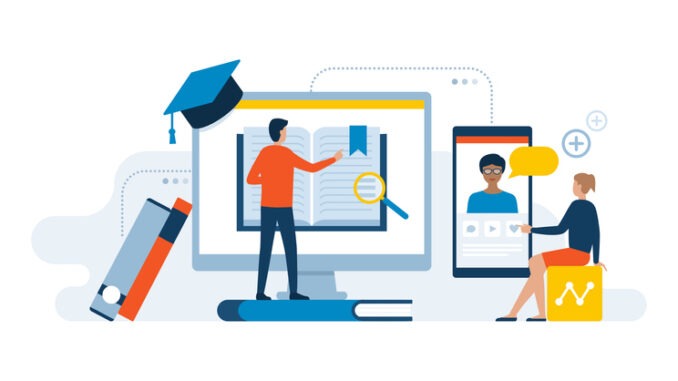We find ourselves at a turning point, with school business leaders recognising the pivotal role of a robust digital strategy, particularly in the wake of the pandemic. In these times of financial scrutiny, more and more school leaders are harnessing technology to trim costs.
CREDIT: This is an edited version of an article that originally appeared on ICT Evangelist
In the realm of education, the role of technology has never been more pivotal, nor its price tag more prominent. Nevertheless, there are some strategies for school business leaders to remember in order to maximise their existing tech and even use it to curtail costs and streamline overheads.
Embracing return on investment
When we delve into the depths of a school’s budget, the most substantial expense is inevitably human resources – teachers, support staff, and colleagues who form the backbone of any institution. Following closely are the costs associated with administration and technology. Just as you scrutinise other expenditures, it’s essential to seek a return on your investment here. Efficacy and evidence of technology’s success are vital considerations.
We find ourselves at a turning point, with school business leaders recognising the pivotal role of a robust digital strategy, particularly in the wake of the pandemic. In these times of financial scrutiny, more and more school leaders are harnessing technology to trim costs.
Automate your devices
Significant savings can be realised by deploying software that ensures devices power down at the day’s end, and turning back on automatically the next day. Set inactivity policies with power management tools, allowing devices to switch off after a defined period. Take it a step further by investing in smart rooms, where lighting, air conditioning, and other energy-guzzlers also follow suit.
Upcycling old hardware
Rather than discarding old monitors, consider repurposing them as digital signage points around the school. Think outside the box with existing tools; for instance, wireless headphones can do more than just enhance curriculum-aligned experiences. They can aid relaxation, sharpen focus during quiet reading times, or even treat pupils to a “golden time” silent disco.
Cut printing costs, go paperless
Beyond the obvious savings on electricity, toner, and paper, consider the value of a teacher’s time. A half-hour spent photocopying resources isn’t free time. Multiply that across a year, involving all staff, and you’ll see the potential savings. Going paperless not only saves money but leverages existing technology, such as Google Classroom, Microsoft Teams, or other platforms, for swift document sharing.
Utilise existing resources
Employ software to assess your system’s utilisation, revealing potential savings. Alternatively, if you have a 1:1 device policy, maximise your Mobile Device Management (MDM) solution. Avoid purchasing apps or e-books for all classes; instead, schedule rotations aligned with the curriculum to deploy resources as needed. Linking your digital strategy to curriculum demands can yield similar savings as those achieved with physical resources.
Benefit from reduced workload
Technology offers simple yet effective means to reduce workloads. From AI tools that listen to students read and provide feedback to auto-marking low-stakes retrieval activities via online quizzing platforms, these tools expedite the feedback loop.
The key to an effective digital strategy lies in charting a clear course for your remarkable technology. By aligning it with the needs of both teachers and learners, you can reduce overheads, streamline workloads, and enhance efficiency,





Be the first to comment